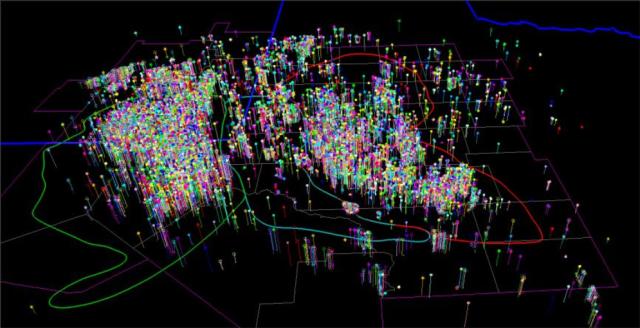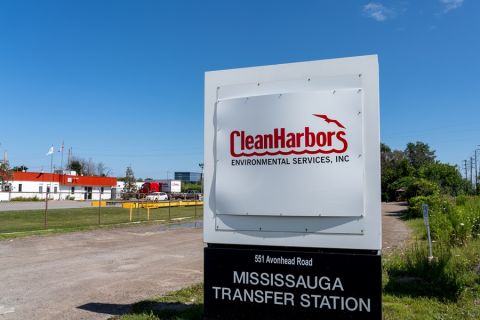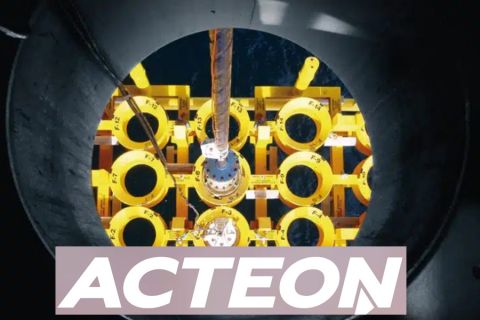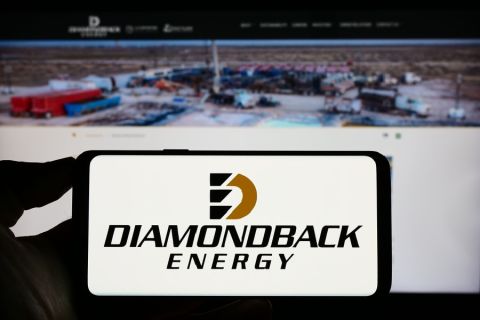
“We’re going into much greater detail than any public information,” said Bill Fairhurst, president and CEO of Riverford Exploration, at the Machine Learning & AI For Upstream Onshore Oil & Gas conference in Houston. (Source: TORA)
Learn more about Hart Energy Conferences
Get our latest conference schedules, updates and insights straight to your inbox.
HOUSTON—The Permian Basin has long been a bountiful playground for operators including Riverford Exploration LLC. The Texas-based E&P has seen success using 3-D geocellular and reservoir characterization artificial intelligence (AI) to assess the basin.
The data Riverford has extracted from applying AI to its assets in the Midland and Delaware basins has allowed the company to predict future drilling paths of operators and resource potential, said Riverford’s president and CEO, Bill Fairhurst, at the Machine Learning & AI For Upstream Onshore Oil & Gas 2019 conference on Aug. 29.
Most importantly, Fairhurst said the company has been able to assess productivity. In conjunction with the Bureau of Economic Geology and Tight Oil Resource Assessment (TORA), he estimates that there are still roughly 100,000 more wells that can be drilled in the Permian.
Supporting Fairhurt’s outlook of continued productivity, in April the Permian Basin surpassed Saudi Arabia’s Ghawar Field to become the largest producing oil field in the world. Permian oil production is currently over 4.4 million barrels per day of oil, he said.
“Every 15 years there’s a major technological breakthrough that changes the oil and gas industry and right now that’s machine learning,” he said.
Additionally, the consortium’s research predicts that the technically recoverable resources at Wolfcamp A and Wolfcamp B are in a range of 35 to 52 billion barrels. “That is less than 7% of total recovery of the amount of oil that is in place,” he noted.
“What is important when we look at the statistics is what factors are going to influence productivity,” he said.
Riverford’s 3-D geo-modeling, created by TORA, has provided incremental data to back his outlook of the basin. According to Fairhurst, the company has geo-modeled the entire Midland Basin to have 1.3 billion cells and the “much larger and thicker” Delaware Basin to have 1.75 billion cells.
“For every variable, we have that many individual inputs. So, if we look at 20 to 30 geologic reservoir parameters, we’re looking at models that have 30 to 50 billion individual data points in them,” he said. “The whole idea is that we’re building statistics on these frameworks that we’re doing in these models.
“We’re going into much greater detail than any public information.”
Riverford has been successful in predicting drilling through AI. Utilizing trends across the basin and expected prices and costs, Fairhurst said the company is able to derive a drilling portfolio of projections. Riverford’s profitability maps and well inventory maps reveal likely locations of future wells and availability.
“There are a lot of capital efficient areas,” he said.
Fairhurst believes Riverford’s success is because the company starts from the bottom with examining rocks.
“It’s all about the rocks,” he said. “By doing geo-cellular models, adding a dynamic reservoir model and looking at what type of completions needs to be done, we [are able to] understand the variables that affect productivity.”
Outside of the Permian, Riverford holds producing assets in the Bakken’s Elm Coulee oil field and Oklahoma’s Scoop, Stack and Merge. Fairhurst said he is currently applying AI to its Bakken assets to unveil even more gas potential in the basin.
The company has also leveraged AI in its stratigraphic framework petrophysics, statistical modeling and history matching applications.
Recommended Reading
Clean Harbors Closes $400MM Acquisition of HEPACO
2024-03-25 - Clean Harbors acquired HEPACO for $400 million, adding complementary services for environmental remediation and emergency response in the Eastern U.S.
PE Investors Scoop Up Offshore Services Provider Acteon Group
2024-03-27 - Acteon Group, a U.K.-based subsea services provider serving customers in offshore oil, gas and renewables, was acquired by new private equity backers.
OEP Completes Acquisition of TechnipFMC’s Measurement Solutions Business
2024-03-27 - One Equity Partners said TechnipFMC’s measurement solutions business will be rebranded as Guidant and specialize in measurement technology, automation solutions and global systems.
SilverBow Gears Up for Proxy Fight with Kimmeridge
2024-04-09 - Both SilverBow Resources and Kimmeridge Energy Management have proposed a slate of candidates for the board of directors with a vote set for May 21.
Diamondback Prices Senior Notes to Help Cover Endeavor Deal Cost
2024-04-10 - Diamondback Energy’s notes will help cover cash consideration for the pending acquisition of Endeavor Energy as well as repaying debt owed by Endeavor.





